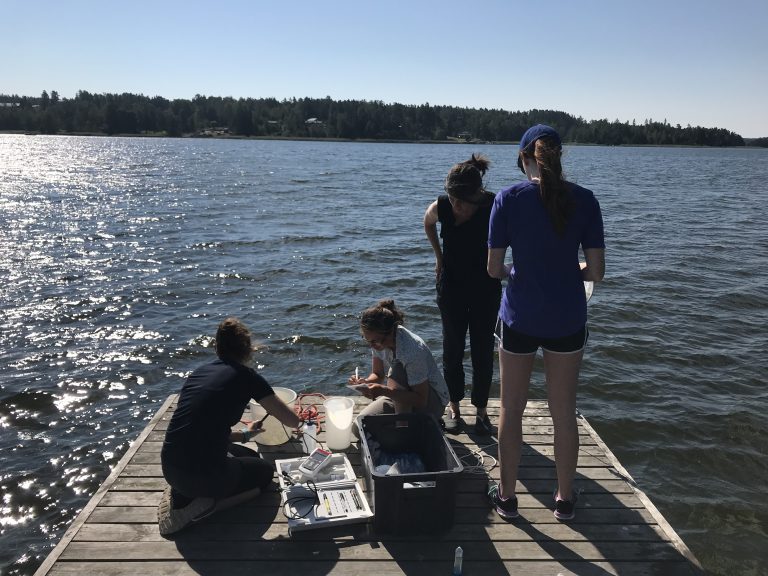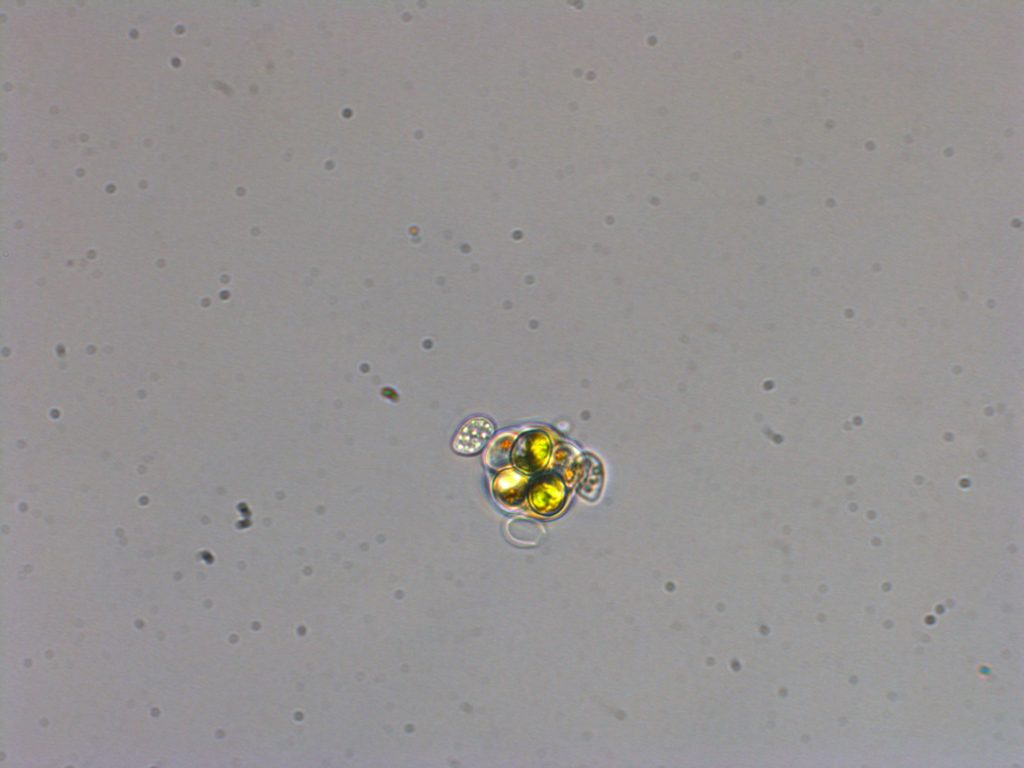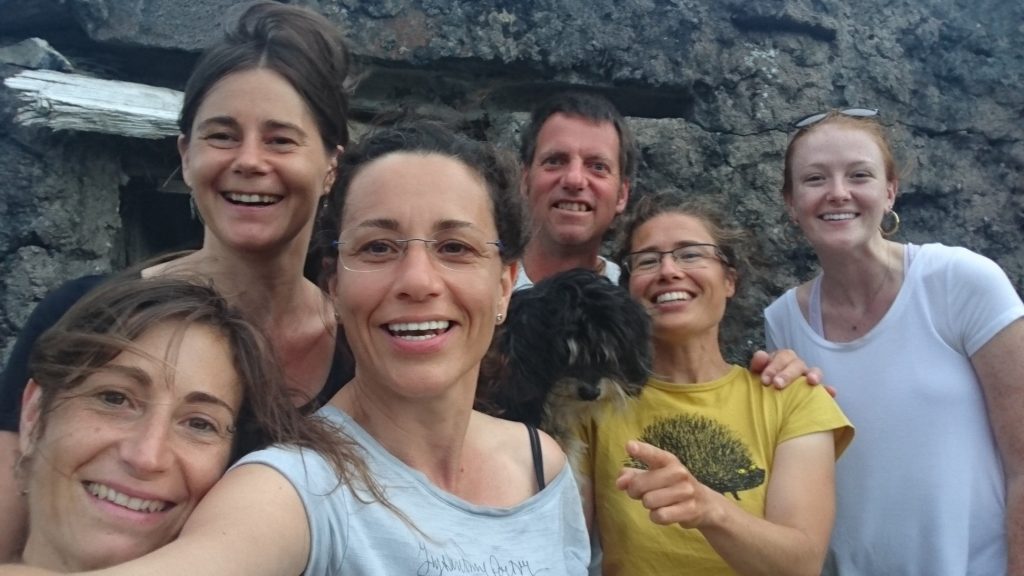Phyto-Parasites Research Group!

As published by Tvärminne Zoological Research Station.
Do phytoplankton species have parasites?
Yes, they do!
However difficult to observe, parasites of phytoplankton have been largely overlooked by aquatic ecologists. Consequently, their diversity and ecological role remain poorly studied. Additionally, climate-related changes in salinity and temperature are expected in a variety of coastal ecosystems, particularly in the Baltic Sea. The potential impacts of such changes on the interaction between parasites and their phytoplankton hosts are currently unknown but may have important effects on community composition and infection dynamics, resulting in significant alteration of ecological processes within the entire ecosystem.

In freshwater ecosystems, zoosporic fungal parasites (e.g. chytrids) have been identified as common parasites of phytoplankton; whereas, in the marine environment, more studies on zoosporic parasites of phytoplankton have focused on species of Perkinsozoans (e.g. perkinsids). This has led to the assumption that chytrids and Perkinsozoans occupy separate ecological niches, with chytrids favoring freshwater environments and Perkinsozoans favoring marine environments.
Thus, our ASSEMBLEPlus-project “Phyto-Parasite” – currently conducting field sampling and lab experiments at TZS – originated within the context of the apparent differences between phytoplankton parasites in freshwater and marine environments. We have gathered an international team of limnologists and marine scientists with expertise in both chytrid and perkinsid parasites to perform the first extensive screening on zoosporic parasites of phytoplankton in the northern Baltic Sea. The Baltic salinity gradient is an ideal system to study the role of salinity in parasite community transition.
Our team seeks to examine fundamental questions regarding phytoplankton parasites: Which species are present? What is the relative abundance? How do they potentially contribute to the decline of phytoplankton blooms in the Baltic Sea? In order to address these questions and more, we are performing a field study, which includes selected sites of nearly freshwater conditions and brackish salinities, and laboratory experiments that aim to further investigate the role of salinity in phytoplankton-parasite communities and infection dynamics.
As a result of our study, we hope to contribute to the improvement of current and future predictions of phytoplankton blooms and food web dynamics in the wake of global change.

Our international collaborative, the “Phyto-Parasite” team, involves students, early career, and experienced researchers:
Anke Kremp, Finnish Environment Institute (SYKE) Marine Research Centre, Finland
Esther Garcés and Albert Reñé, Institut de Ciències del Mar, ICM (CSIC), Spain
Elisabeth Alacid, University of Exeter, UK
Silke Van den Wyngaert, Leibniz-Institute of Freshwater Ecology and Inland Fisheries (IGB), Germany
Steffaney Wood, Fulbright Fellow, Davidson College, USA
Maiko Kagami and Kensuke Seto, Toho University, Japan
Christian Wurzbacher, Technical University of Munich, Germany
2 Comments
Larissa
Go Steff! Excited to see where your research leads 🔬
Larissa
Go Steff!! Excited to see where your research leads 🔬